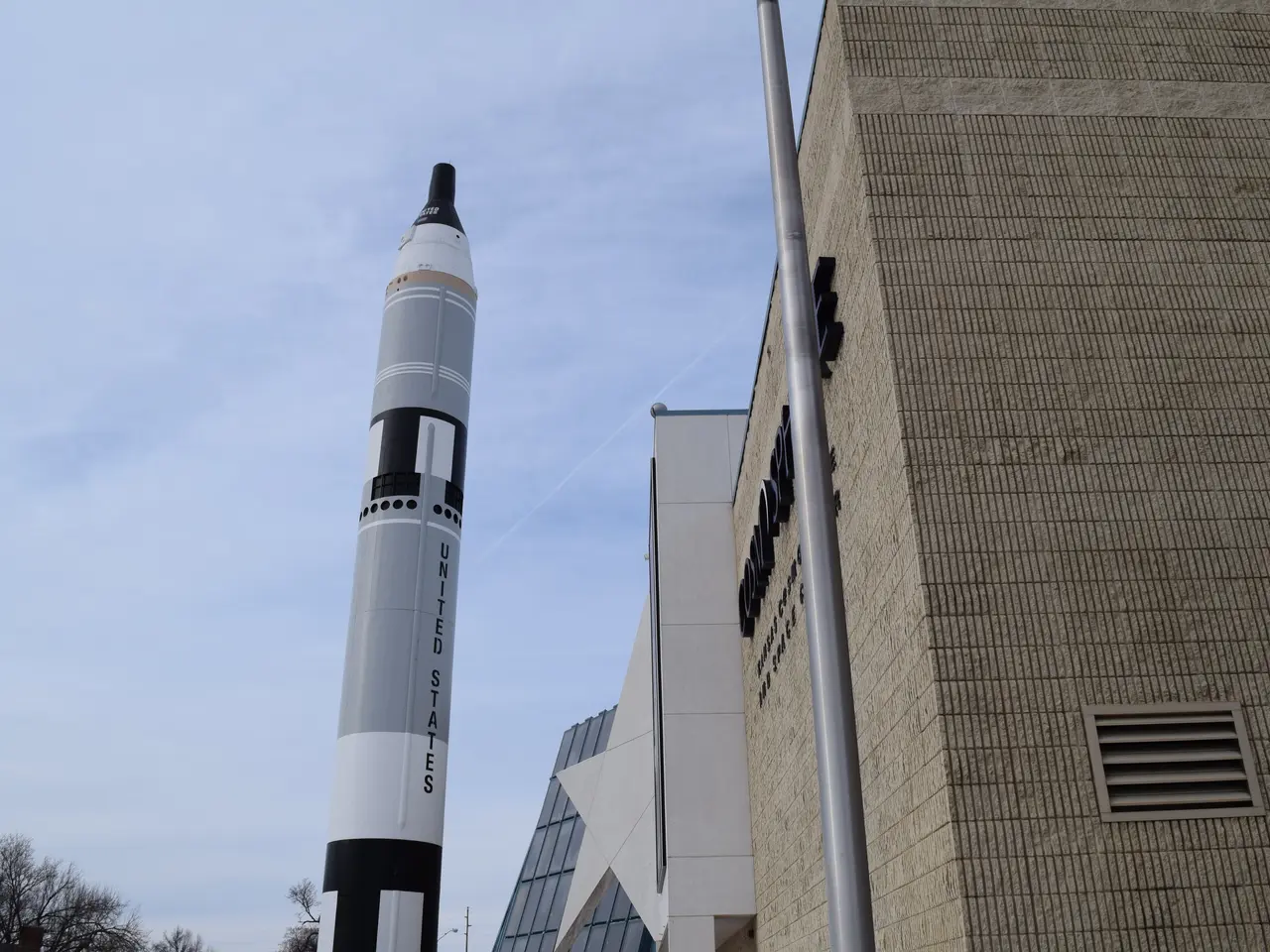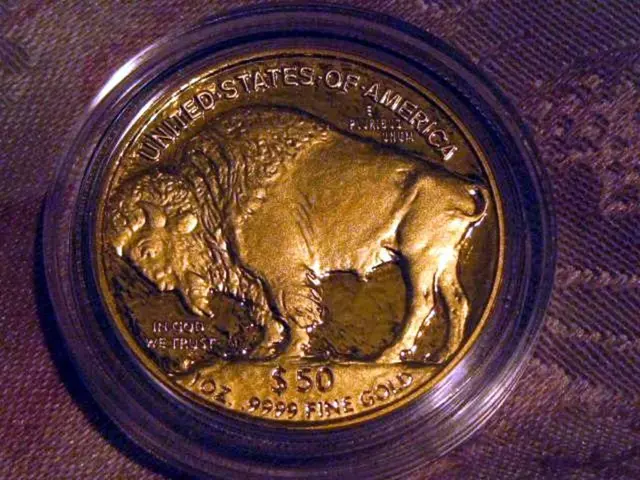Space Launch Regulation Rollback by Trump: Assessing Potential Hazards and Reality
The recent Executive Order aimed at easing regulations for commercial space launches has sparked concerns among conservation groups and environmental advocates. The order, titled "Enabling Competition In The Commercial Space Industry," signed by President Donald Trump, directs agencies to expedite or eliminate environmental reviews that assess potential harms to wildlife habitats and the environment.
Impacts on Wildlife Habitats
Rocket launches can significantly disrupt wildlife habitats through noise, vibrations, and physical disturbances around launch and landing sites. The potential for accidents, including rocket explosions, poses additional risks of contamination and habitat destruction in surrounding areas. Wetlands and other sensitive areas near launch sites could face pollution from releases of liquid oxygen and water or other contaminants, as historically observed with companies like SpaceX.
Impacts on Greenhouse Gas Emissions
Rockets emit black soot particulates (carbonaceous aerosols) at low altitudes and water vapor at middle altitudes during ascent. These emissions contribute to atmospheric pollution and potentially affect climate patterns due to their presence in the upper atmosphere. By streamlining or removing environmental reviews under laws like the National Environmental Policy Act (NEPA), emissions from launches may not be comprehensively tracked or regulated, likely increasing the cumulative environmental footprint as launch frequency grows under deregulation.
The FAA, under the leadership of new Administrator Bryan Bedford, who supports President Trump's Executive Order, aims to enable commercial space companies like SpaceX and Blue Origin by reducing or removing environmental and other regulations, cutting red tape, and allowing for more launches. However, this deregulation comes with potential environmental costs, particularly in habitat disruption and increased pollutant emissions from launch activities.
Controversies and Concerns
The SpaceX base in Texas is a subject of contention regarding wildlife habitats. The Kennedy Space Center, the US's main spaceport, shares a border with the Merritt Island National Wildlife Refuge and is home to over 1,000 species of plants, 117 species of fish, 68 amphibian and reptile species, 330 birds, and 31 different mammal species, making it responsible for more protected species than any other federal property in the continental United States.
Elon Musk, the CEO of SpaceX, has expressed complaints about "government oversight," while conservation groups and environmental advocates have expressed concern that such deregulation could jeopardize sensitive ecosystems and contribute to pollution and climate impacts. The Secretary of Defense, the Secretary of Transportation, and the Administrator of NASA are to consider whether to apply to the Endangered Species Committee for spaceport development projects.
Balancing Act
Encouraging the commercial space industry doesn't have to come at the expense of maintaining environmental regulations. Europe's Spaceport in Kourou, French Guiana, houses every single type of habitat found in the South American region and has been found to be inhabited by a variety of wildlife, including jaguars, pumas, giant ants, peccaries, curassows, deer, ocelots, and sloths like Gerard. This demonstrates that with careful planning and consideration, the space industry can coexist very well with nature, and many species can actually thrive in environments surrounding spaceports.
The Trump administration's proposed budget has slashed funding for NASA missions, raising questions about the government's commitment to both space exploration and environmental protection. The Secretary of Transportation, Sean Duffy, who is also the acting head of NASA, made a statement saying that the Department of Transportation has a critical role to play in unlocking the final frontier and that the order will unleash the next wave of innovation.
As the commercial space industry continues to grow, it is crucial to strike a balance between fostering innovation and protecting our planet's ecosystems. This balance will require careful consideration, thorough environmental reviews, and strong regulations to ensure that the benefits of space exploration do not come at the expense of our environment.
[1] Source 1 [2] Source 2 [4] Source 4 [5] Source 5
- The deregulation of space launches, as a result of the Executive Order, could potentially lead to increased technology use and thus, an evolution of the commercial space industry.
- Space exploration, alongside technological advancements, plays a significant role in scientific research, contributing to our understanding of the environment and ecology.
- The environmental impact studies, often required by laws such as the National Environmental Policy Act (NEPA), aim to protect fragile ecosystems, such as those surrounding spaceports, from potential harm due to space launches.
- The technological development in the space industry, given its potential positive impacts on science, environment, and economy, should be balanced with proper research and extensive environmental regulations to minimize any negative consequences on ecology and wildlife habitats.




